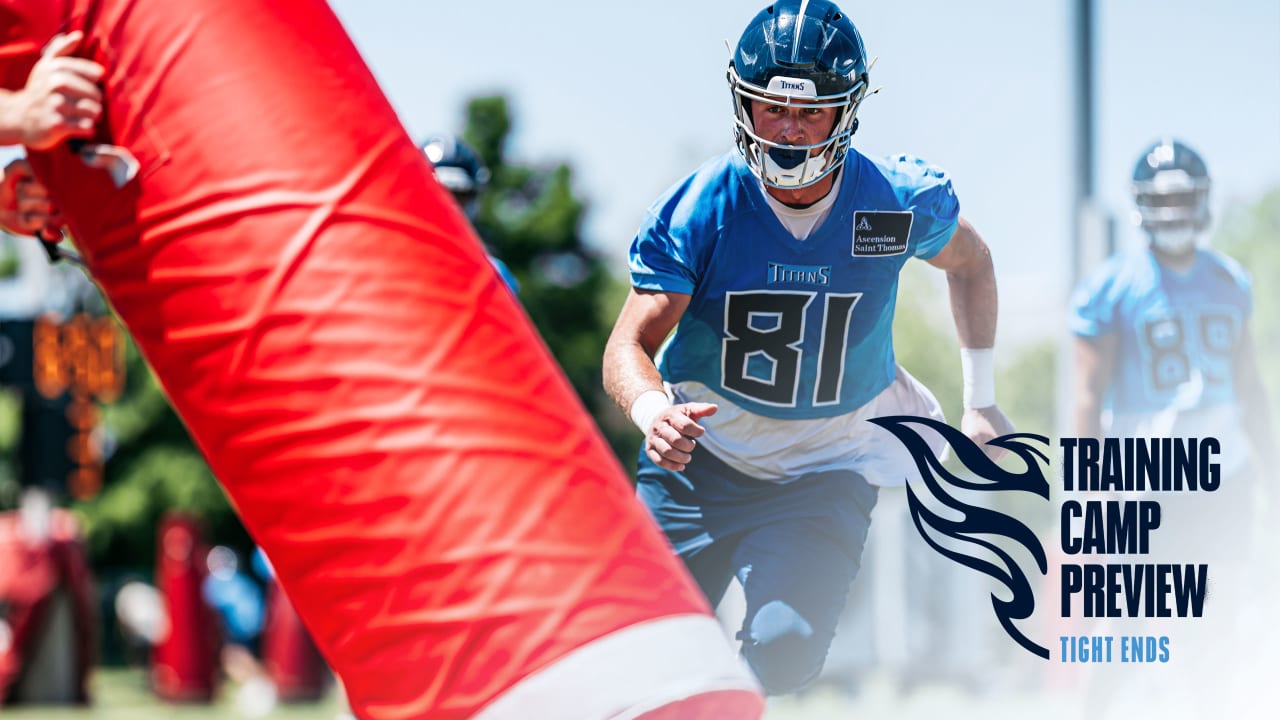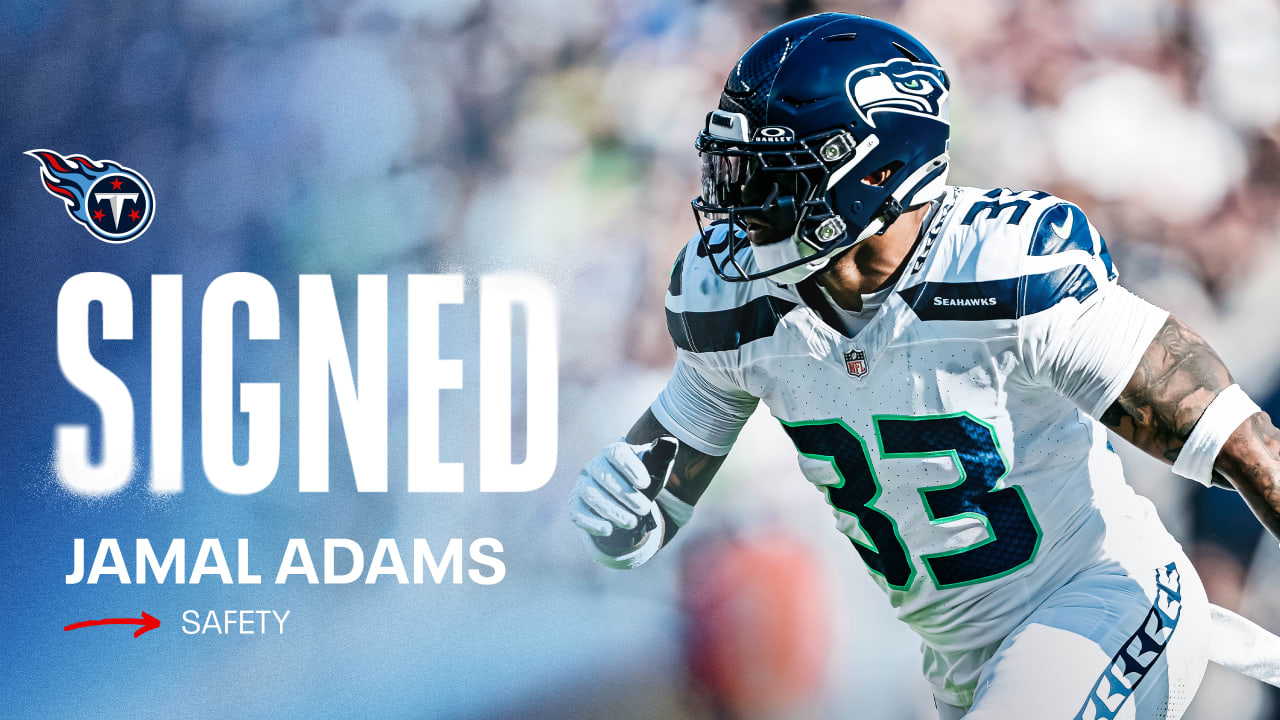During the 2020 Billboard Music Awards, Post Malone performed from a quarry 45 minutes outside of Los Angeles as an estimated $80,000 worth of fireworks exploded behind him. It was a decision his creative director, Lewis James, made out of necessity due to ongoing COVID-19 safety restrictions and a desire to push creative boundaries.
It was far from the only large-scale offstage production to stun at-home audiences this year. Megan Thee Stallion brought her jaw-dropping choreography to the desert for the BET Awards; Shania Twain swapped the stage for an unorthodox venue, skipping through the Chaplin’s World museum in Switzerland during the CMT Awards; and The Weeknd opened MTV’s Video Music Awards atop the highest outdoor observation deck in the Western Hemisphere, The Edge in New York.
“Everything under the sun has been done on a traditional award ceremony stage,” says La Mar Taylor, The Weeknd’s creative director and co-founder of the artist’s brand and creative hub, XO and HXOUSE. “You have restrictions with height, weight, pyro, flying objects — you can’t do anything. As a creator or artist, you always want to do something out of the box, and for years we have been in creative shackles.”
When the pandemic hit and the delivery format of performances changed, Taylor says “it was a little uncomfortable” at first. “When designing a show, you always think, ‘How will this interact with the audience in attendance? What’s the connectivity between the person in the chair and the artist onstage?’ Artists really got to have fun and present their performances in a way they never had the opportunity to do in the past.”
With the 63rd annual Grammy Awards slated for Jan. 31, 2021, organizers have an opportunity to rethink the ceremony. In June, Recording Academy chair and interim president/CEO Harvey Mason Jr. told Billboard the Grammys would have to decide what kind of live show it would hold by October in order to allow enough time to design it, revealing that several plans were in development simultaneously.
Throughout the pandemic, London-based creative-direction firm ISStudio has channeled the feel of live music in digital, remote and audienceless environments. “There has been a refocus and possibility for location, which has felt exciting,” says co-founder Imogen Snell. (She and co-founder Riccardo Castano designed The Brightest Blue Experience, Ellie Goulding’s global livestream at the Victoria and Albert Museum in London, where they projected images onto its statues — a first for the museum.)
Having now watched a handful of livestreams “for research and interest,” says Snell, she and Castano hope the Grammys use the unprecedented circumstances to similarly scale up. “It’s always so L.A.-centric, but I think it’s the year of going global. It could be 12 artists in 12 iconic stadiums [around the world]. It would be amazing.”
Taylor has high hopes of his own beyond the Grammys. “I think all, if not most, television networks see the off-site performances as a huge win,” he says. “Their ratings have gone down year after year, and I feel that it’s a reflection of sterile, repetitive content. It’s time to reimagine the future of award performances. One can hope that the Grammys will see what other networks have done and want to top that.”
This article originally appeared in the Dec. 12, 2020 issue of Billboard.











